As a strength and conditioning coach, many first-time lifters come to me wondering whether they need to purchase a 4 inch or 6 inch belt.
The difference between a 4-inch and 6-inch lifting belt is the width of the belt measured at the back of the belt. The 4-inch lifting belt is more versatile for all lifts while the 6-inch lifting belt is too wide for most lifters with exception of taller lifters who don’t compete in powerlifting or Olympic lifting.
To avoid wasting money by purchasing the wrong belt, let's investigate the differences between a 4-inch and 6 inch belt, including the pros and cons, and which one you should get based on your lifting goals.
Key Takeaways
- A wider belt isn’t necessarily better unless the lifter is tall enough (greater than 6’2) to take advantage of the extra width of a 6 inch belt.
- The majority of lifters will be the most comfortable and feel the strongest with a 4-inch belt, which is one of the main reasons why Gymreapers doesn’t carry 6-inch lifting belts.
-
Both powerlifting and weightlifting only allow a 4-inch belt in competition
(Note: weightlifting allows up to 4.7 inches but you can’t buy a belt in that dimension).
What Is The Width of A Lifting Belt?
The width of a belt refers to the distance from the bottom of your belt to the top of your belt on your back when you are wearing the belt.
The two most popular lifting belt widths are 4 inches and 6 inches, although there is the rare belt that is made with 3-inches.
Most belts remain the same width in the back as they do the front; however, some belts have a taper where they are wider in the back than they are in the front. For example, a 4-inch taper belt will be 4 inches in the back but may be 2 or 3 inches in the front.
Some companies may list both dimensions (front and back) while others will only list the dimensions of the widest part in the back.
Check out our other articles that discuss additional considerations when buying a belt:
What Is A 4-Inch Lifting Belt?

The 4-inch lifting belt is the most common lifting belt that fits the comfortably for the majority of lifters.
A belt being less wide (i.e. 4 inches vs 6 inches) means less surface to brace against when performing your lift, which isn’t necessarily a bad thing because a wider belt could potentially cause pain or discomfort if the surface area covers too much of your torso.
Most 4-inch lifting belts are not tapered, and tend to keep the same width of the belt around the front and back.
What Is A 6-Inch Lifting Belt?
A 6-inch lifting belt has 6 inches between the top of the belt and the bottom and are used by taller lifters that have longer torsos.
However, many taller lifters still find that they get plenty of support from the 4-inch belt.
Additionally many available 6-inch belts are tapered and thinner than 10mm. Most serious powerlifters won’t want to wear a belt that is less than 10mm in thickness.
Related Article: Olympic Lifting Belt Vs Powerlifting Belt: What Are the Differences?
7 Differences Between 4 vs 6-Inch Lifting Belts
1. 4-inch belts are approved in powerlifting competitions 6-inches are not
The maximum width of a belt allowed in the IPF technical rulebook is 10cm/4-inches.
Most other federations will follow this guideline as well; however, there may be some sanctioned meets that allow 6-inch belts. If you are looking at competing in the sport of powerlifting your safest option is purchasing a 4-inch belt, especially if you are competing in the IPF.
2. 4-inch belts are approved in Olympic lifting 6-inches are not

In Olympic weightlifting, the rules are determined by the IWF. The maximum width of a belt is also 4 inches; 4.7inches/120mm to be exact.
For this reason, most weightlifting belts you see used in competition will be 4 inches wide or smaller.
3. 6-inch belts are rare while 4-inch belts are readily available
Being that 4-inches is the competition standard, most brands focus on creating high quality 4-inch belts for the consumer.
Even though many lifters purchasing belts may not be looking to compete, the market that needs a 6-inch belt is so small (i.e. very tall lifters) that most brands don’t sell 6-inch options.
On top of that, a wider belt won't guarantee working better for a lifter. Therefore, even taller lifters that could potentially benefit from a 6-inch belt can still use and get most of the benefits out of a 4-inch belt.
4. 6-inch belts are allowed in strongman but are less common
Unlike powerlifting and Olympic lifting, strongman does not have requirements on the width of your belt.
Therefore strongman competitors are permitted to use a 6-inch belt yet very few do.
This is because it is very rare to find a 10mm or 13mm thick 6-inch belt – I couldn’t find one that exists.
5. 6 Inch belts are usually thinner
As mentioned, 6 inch belts are usually less than 10mm thickness.
Finding a 6 inch belt that is either 10mm or 13mm thick is near impossible and would have to be custom ordered from a leather belt maker.
In fact, many 6 inch belts don't list the exact thickness of the belt so you will not know the thickness of the belt before purchase.
6. 6 inch belts almost always come with a taper
While 4 inch belts come in every variety of non-taper, tapered, nylon, and leather; the variety for 6 inch belts are much more limited.
Basically every 6 inch belt is a leather belt with a taper except for the few nylon belts.
7. 6 inch belts usually come with padding
Padding can be included on the backside of a belt to help make it more comfortable. This is very uncommon in serious lifting belts.
However, a lot of 6 inch lifting belts have extra padding included on the inside of the belt, which isn’t proven to be any more effective for back support.
Pros & Cons

4-Inch Belt Pro
- Fits the majority of lifters torsos
- Plenty of surface area to create support and to brace against
- Approved in IPF and IWF
- Lots of purchase variety
4-Inch Belt Con
- Could have more surface area for taller lifters
- Could be too wide for very short lifters
6-Inch Belt Pro
- Plenty of surface area to create support and to brace against for taller lifters
6-Inch Belt Con
- Won’t fit most lifters
- Not commonly available or much purchase variety from many brands
- Not available as thicker belts (10mm or 13mm)
- Most are only available with a taper
- Not approved for most competitive lifting
Get a 4-Inch Belt If:
You are in the market for a great quality belt to improve lifts or if you are looking to lift competitively.
Basically anyone reading this article should get a 4-inch lifting belt unless you are 6’2 and above and have no desire to compete in powerlifting or weightlifting.
4-inch belts provide you with a wider variety of colour options, thickness, tapered vs untapered belts.
Get a 6-Inch Belt If:
You are a taller lifter that does not plan on competing.
Maybe you are the rare lifter that is 6 '2 or taller and just lifts for fun (not max strength) finding they need more back support and less support in the front of the belt to provide increased mobility.
For example if you are doing a movement like a kettlebell clean and need to be able to bend over more than you would in your traditional squats and deadlifts.
While rare, there are a few brands that provide 6-inch tapered belts to provide a solution to this exact scenario.
Belt Recommendations

Best 4 Inch Belt For Beginner/Intermediate Powerlifters
- 10mm – Lever Belt
- Belt Width- 4 inches
The 10mm lever belt is great for anyone that wants to get their belt tight for a strong brace. Great for powerlifting, IPF and USAPL approved. Great for newer lifters looking for their first belt purchase to help improve lifts.
Best 4 Inch Belt With Prong Closure
- 10mm – Prong Belt
- Belt Width- 4 inches
The 10mm prong belt is great for lifters that are okay with wearing their belt a little looser than a lever belt but looking for the ability to easily adjust the belt day to day. Great for lifters that expect to wear a belt in different positions for different lifts or that may experience more day-to-day water retention and loss in their torso and are looking for the ability to easily adjust size without a screwdriver. IPF and USAPL Approved.
Best Belt for Heavy Weight Powerlifters
- 13mm – Lever Belt
- Belt Width- 4 inches
A thicker belt for extra support and bracing. Best for serious or heavy weight powerlifters that already own a 10mm belt and are looking to upgrade. IPF and USPA approved.
Best Belt for Casual and Beginner Lifters
- 7mm- Leather Weightlifting Belt
- Belt Width- 3 inch (front) 4 inches Back
Great belt for beginners, lifters that required increased mobility in movements or very short lifters or female lifters with a small torso that would experience discomfort from a 4-inch belt. (Not IPF, USAPL, or USPA Approved)
Frequently Asked Questions
Are Wider Belts Better?
Wider belts are not necessarily better. Taller lifters can benefit from a wider belt covering a larger surface area of their torso. However, if the width of a belt is too large for the lifter it can create discomfort. The best belt width in most scenarios is 4-inches and not any wider.
Other Belt Resources







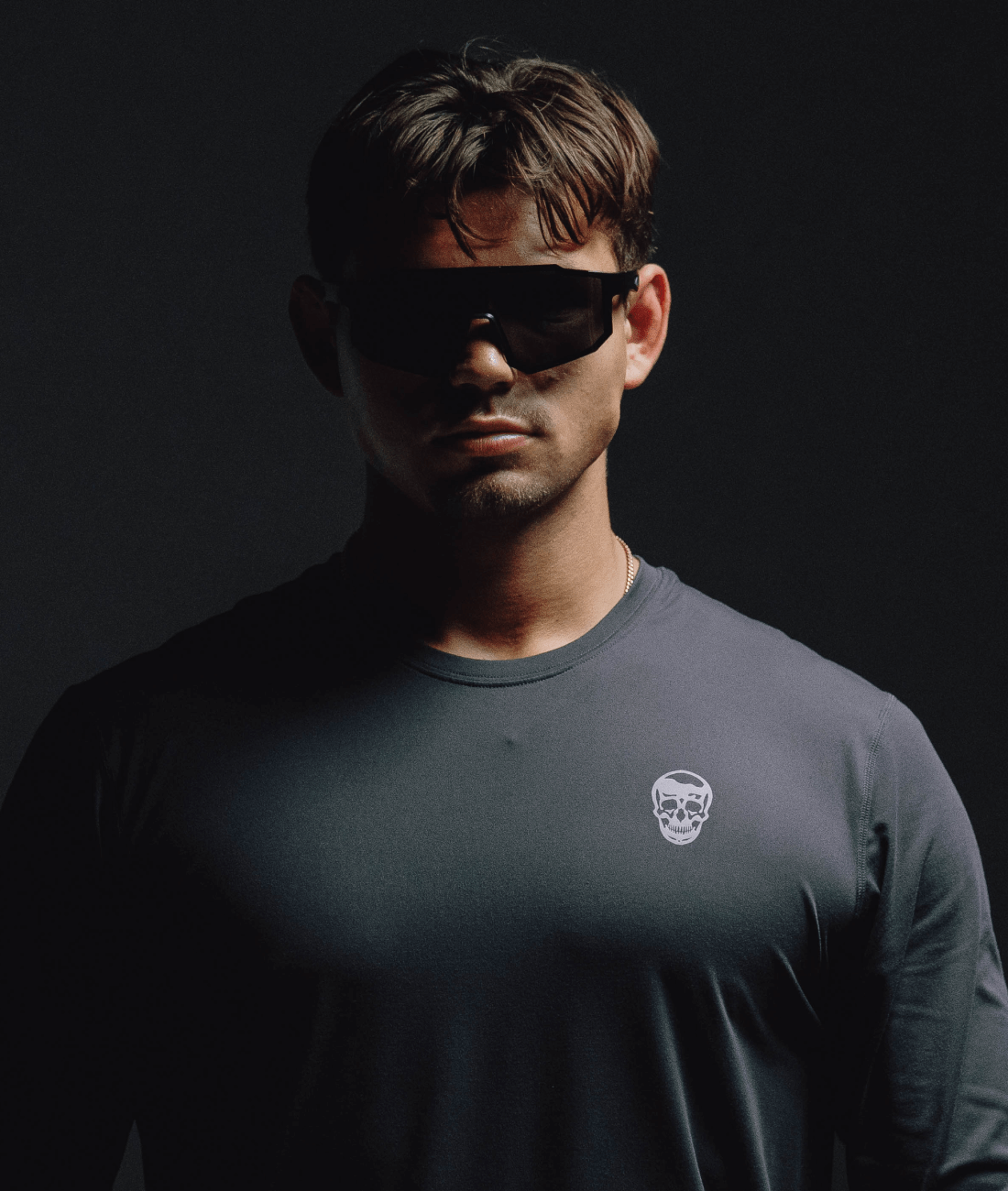
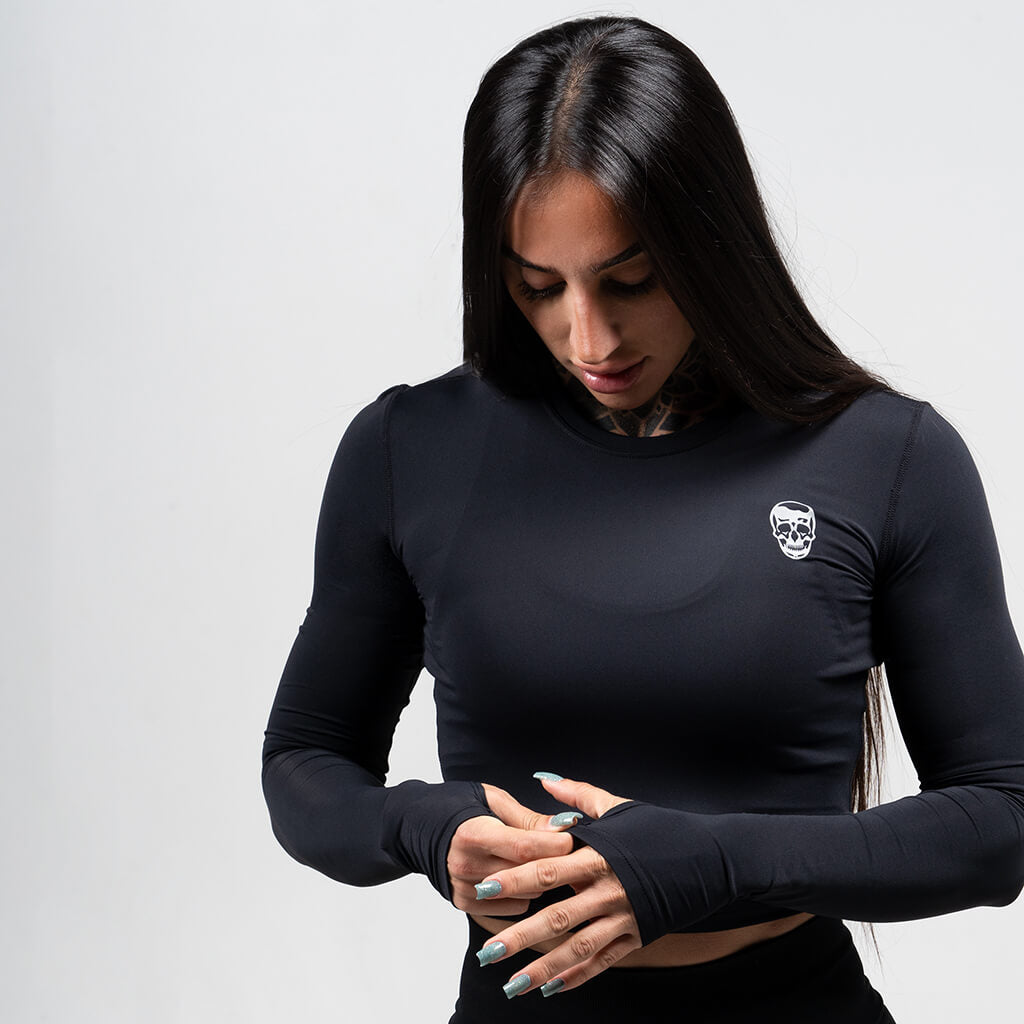
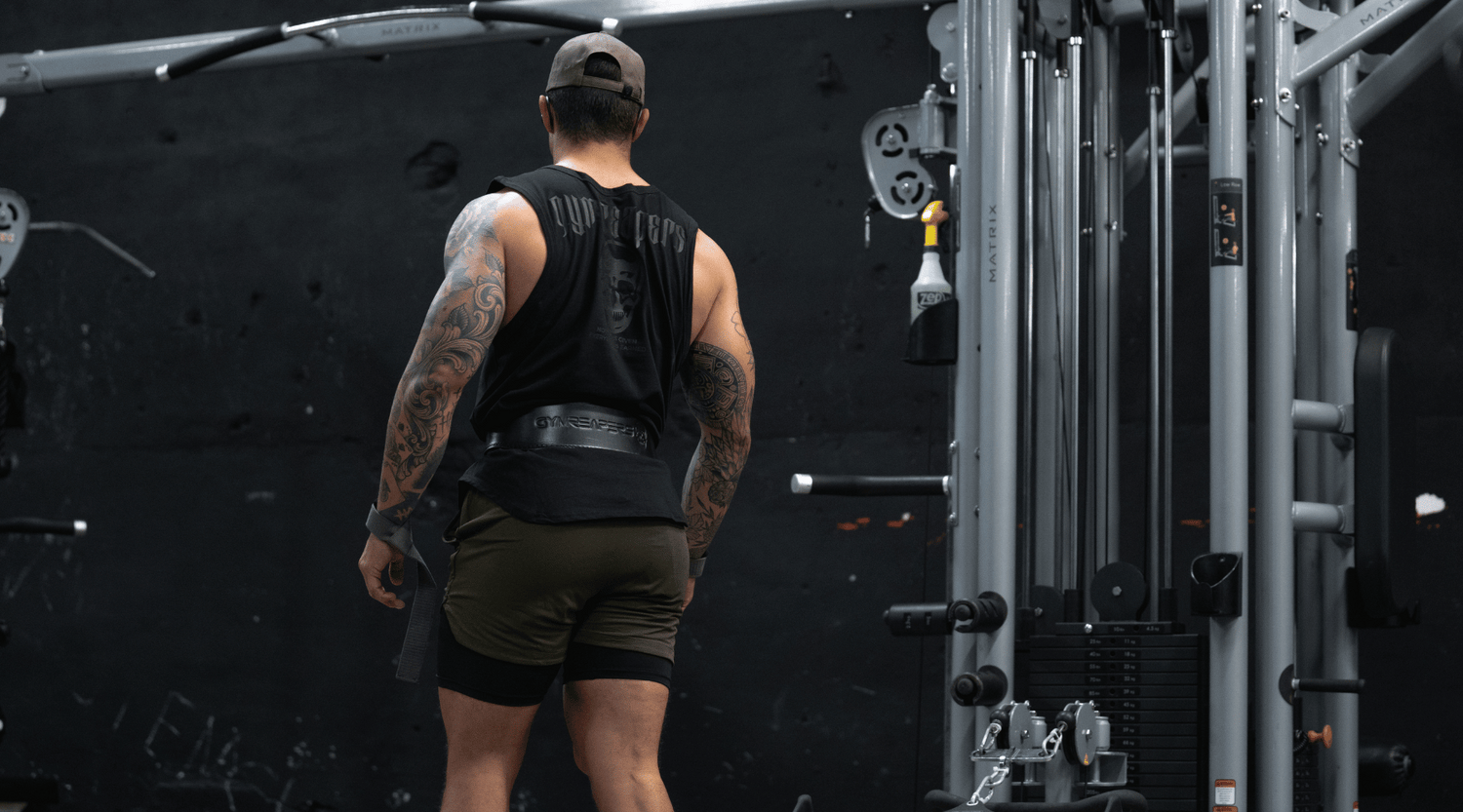
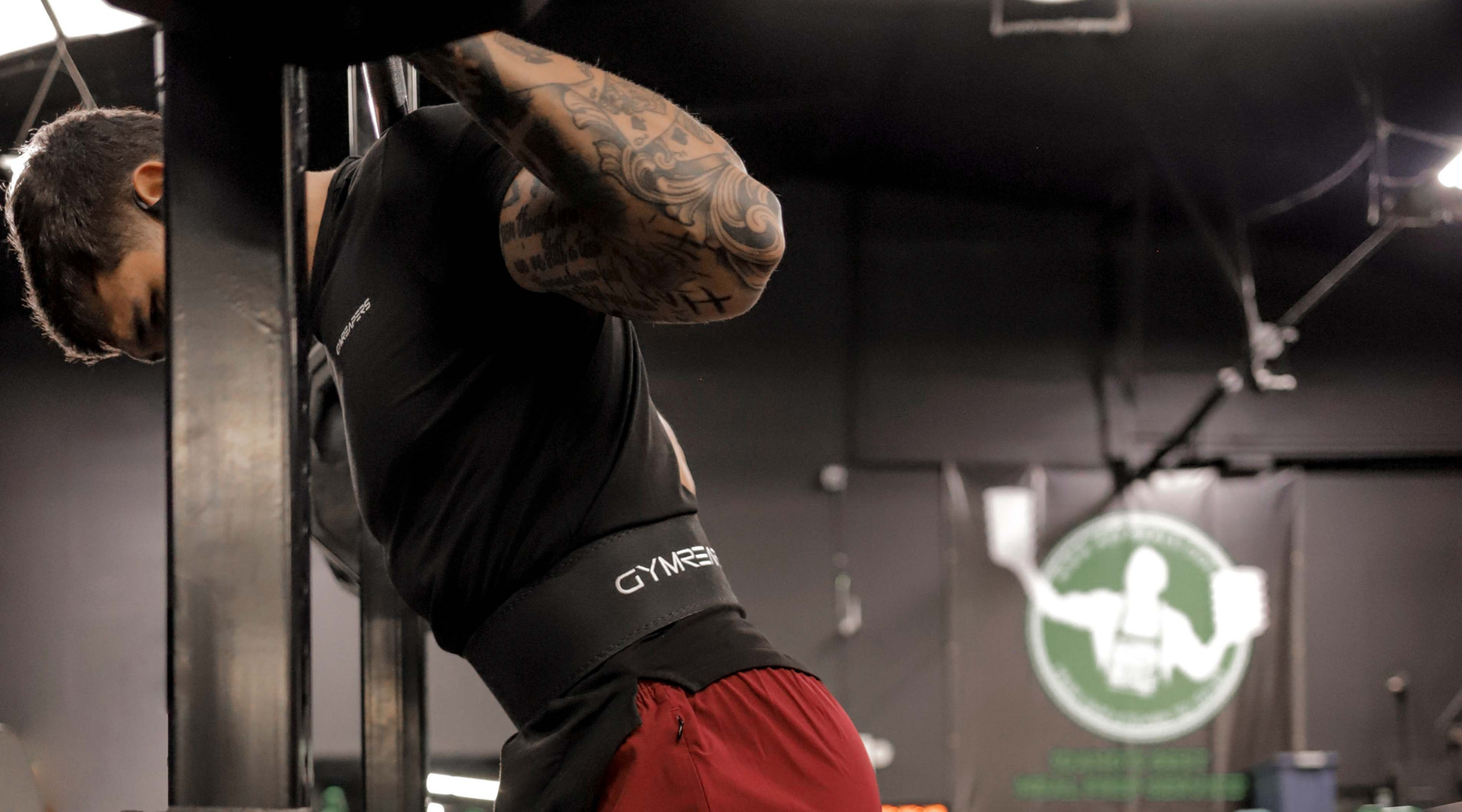
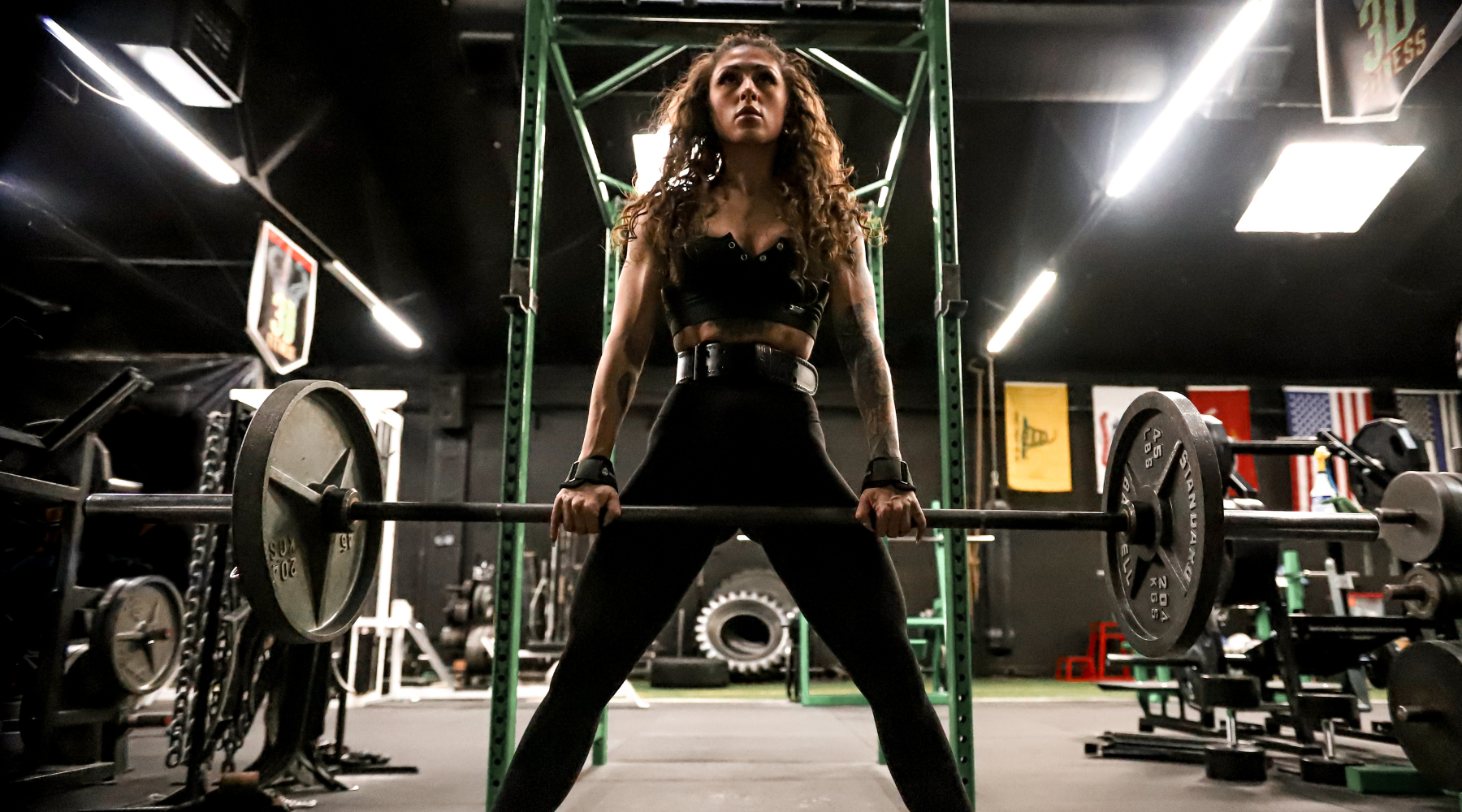
Leave a comment
All comments are moderated before being published.
This site is protected by hCaptcha and the hCaptcha Privacy Policy and Terms of Service apply.